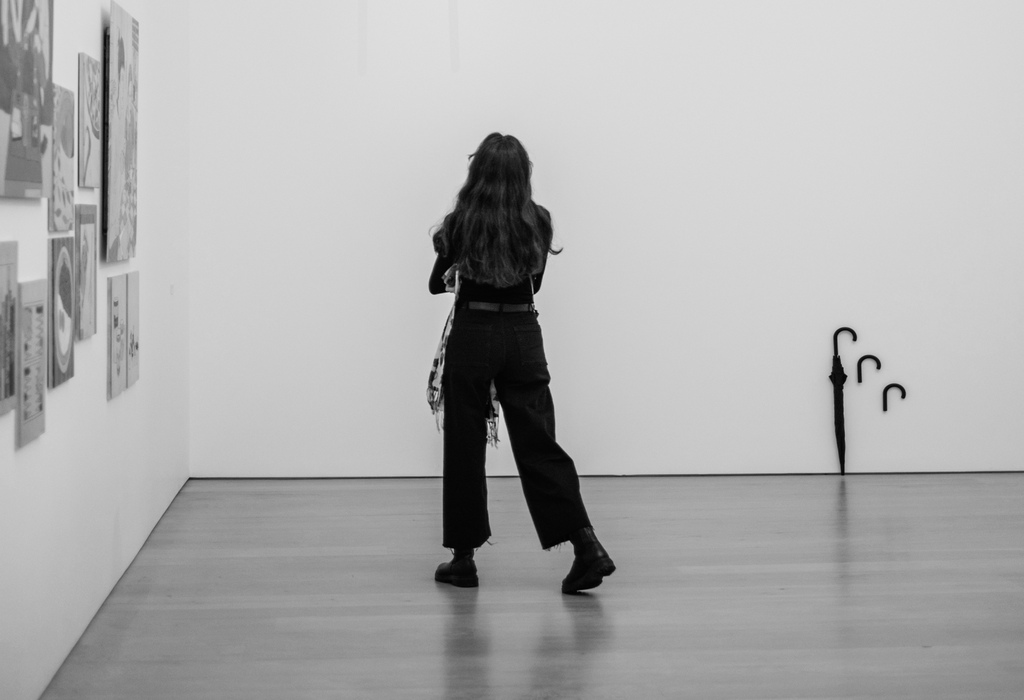Your First 90 Days: How to Thrive in a New Art World Role
The first three months in a new role are critical; they set the tone for how your colleagues perceive you, help establish your professional reputation, and can shape your long-term success in the organisation.
Here’s how to make the most of those early days and set yourself up for success.

Start with a Learning Mindset
Every organisation has its own culture, pace, and ways of working. Take time to listen, observe, and absorb how things are done before trying to make changes. Keep a notebook handy so you can capture key details from meetings or conversations with colleagues. Don’t be afraid to ask thoughtful questions, just make sure you’ve done your homework first, so your curiosity comes across as engaged rather than unprepared.
Build Strong Relationships
Relationships are everything in the art world, and the same holds true within your new workplace. Learn your colleagues’ names, understand their roles, and get a sense of how everyone fits together. Small efforts can go a long way toward building trust and rapport. Show that you’re approachable and collaborative by offering to help when you can and appreciating when others support you.
Understand Expectations Clearly
Clarity around expectations is another cornerstone of success. Check in early on with your manager about what success looks like in your first three months, and what priorities you should be focused on. Keeping a simple record of projects you’ve contributed to and skills you’re developing can be invaluable when it comes time for your first review.

Demonstrate Professionalism
Professionalism may sound obvious, but small details add up quickly in how you’re perceived. Be punctual, meet deadlines, and respond to emails in a timely manner. Stay organised by using calendars or task lists so nothing slips through the cracks. Whether you’re in the office, on Zoom, or representing your organisation at an event, maintain a polished appearance. Remember that the art world is built on reputation and presentation.
Show Enthusiasm and Initiative
Showing enthusiasm and initiative can help you stand out. Engage with your organisation’s work beyond your immediate responsibilities by visiting exhibitions, attending previews, or reading up on relevant market insights. Volunteer for manageable tasks that let you learn and contribute to the team. Once you have a sense of the culture, don’t be afraid to share fresh ideas!
Seek and Embrace Feedback
Your first three months are a time for growth, and feedback is one of the best tools you have. Listen carefully, take notes, and avoid becoming defensive if given feedback. If your manager doesn’t already schedule them, ask for check-ins to understand how you’re doing. Most importantly, act on the advice you receive, showing that you can adapt and improve.
Your first 90 days aren’t about being perfect, but they are about showing that you’re thoughtful, reliable, and eager to grow. In the art world, where relationships and reputations matter as much as technical skills, those qualities will set you apart. By approaching your early months with curiosity, professionalism, and enthusiasm, you’ll not only succeed in your new role, but also lay the groundwork for a rewarding and lasting career.












